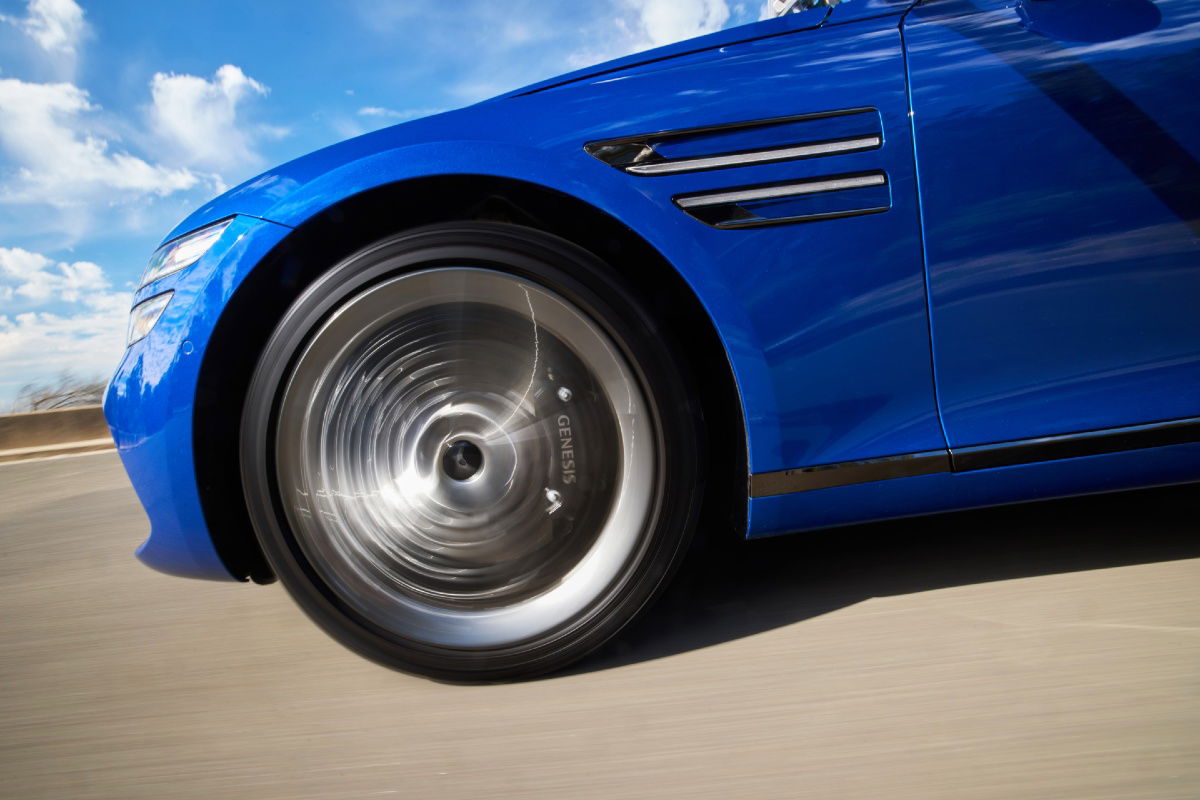

Ross Brawn has credited the halo with saving Romain Grosjean’s life as Formula 1 prepares a “very deep analysis” of his Bahrain Grand Prix accident.
The Haas driver crashed on the exit of Turn 3 on the opening lap in Bahrain, the car puncturing the armco barrier after it speared nose first off track to drivers’ right following contact with Daniil Kvyat.
The impact was such that the car broke in half before bursting into flames, its pilot able to scamper clear under his own steam.
“Undoubtedly we’ve got to do a very deep analysis of all the events that occurred because there are a number of things that shouldn’t have happened,” Brawn, F1’s Managing Director, Motorsport, told Sky Sports.
“The fire was worrying, the split of the barrier was worrying, I think the positives are the safety of the car, and that’s what got us through today.”
A primary concern is the way the armco barrier split, with the survival cell of Grosjean’s Haas left almost unrecognisable after punching through it.
For that reason, Brawn singled out the halo as a crucial part in the Frenchman’s ability to walk away with minor injuries.
“Barriers splitting was a classic problem many years ago, and normally it resulted in a fatality,” he reasoned.
“There’s absolutely no doubt the halo was the factor that saved the day, and saved Grosjean.
“I think all the team behind it just need crediting for forcing it through.
“If you recall, there was quite a lot of controversy at the time about introducing it, and I don’t think anyone now, especially after today, can doubt the validity of that and the value of it.
“Hats off to everyone involved, because it was a life saver today.”
Brawn explained that the sport will now look at the incident in an effort to understand how it eventuated, noting its unpredictable nature and the impact that played on the safety measures in place.
“We’ve got to look at how everything failed, because everything’s designed to fail in progression,” Brawn explained.
“A crash that catastrophic, obviously things failed in an unpredicted way.
“Obviously the car came apart; we had a fuel fire which is something we haven’t had for a very long time, the fuel cells are a incredibly strong. I suspect that came from a ruptured connection.
“We need to look at it,” Brawn added of the fire.
“Surprisingly it looked a big fire, but those cars are carrying 100kg of fuel at that stage.
“I think if 100kgs had gone up we would have had a massive fire.
“For me, that was a fire of a few kilos of fuel, not 100kgs.”
With F1 set to remain in Bahrain for next weekend’s Sakhir Grand Prix, work is now set to take place reviewing the circuit.
“For sure there will be some very careful scrutiny between now and the next race,” Brawn said.
“Any information we can gather between now and the next race we will do so, and I’m sure any action will be taken that needs to be done.
“But it’s something we haven’t seen for a very long time, and I think the safety standards at the circuits are exceptional, but today we saw something that we didn’t predict.”






















Discussion about this post